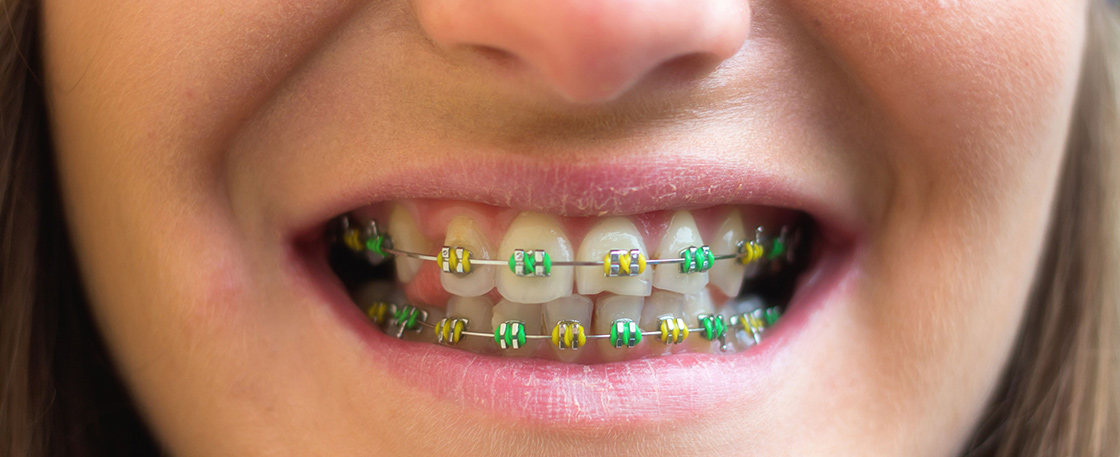How did the mummy die?
This is what researchers wanted to know as they studied the mummified body of a woman they called Djed. They knew she had lived more than 3,000 years ago along the Nile River in Egypt. She’d had a job playing music and was married. And somehow, when she was about 30, Djed had died.
Had she been bitten by a cobra? Killed by malaria? Attacked by a crocodile lurking near the river?
The answer was surprising. Djed died of a bad tooth.
In 1994, scans of Djed’s skeleton showed a tooth that had never grown in. Over time, it created a hole that filled with stinky, yellow pus. Such an infection could easily be cured with antibiotics today. But the only treatment available to Djed was to have holes drilled in her jaw to drain the goo. Scientists believe that in the end, the infection in Djed’s mouth got into her bloodstream, which led to her death.


